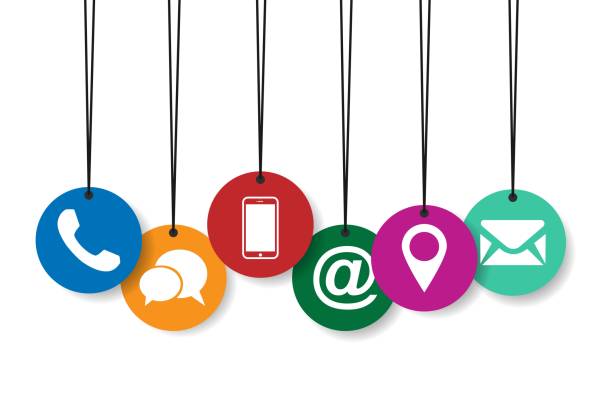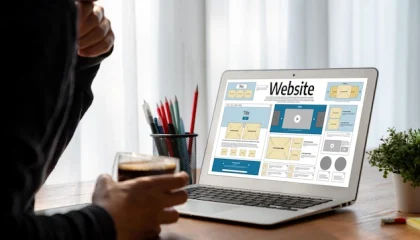QUESTIONS? Call Today! 303-448-8841
Improve Visibility & Rank Higher on Google!
Boost your website traffic, attract more customers, and stay ahead of the competition with expert SEO strategies.
Ready to Get Started?
So, are you ready to level up your online presence with our responsive web design services? Don’t wait another minute, let’s start this exciting journey together! Get in touch with us today to set up a chat and take the first step towards a website that impresses your visitors and gets real results. Your digital success story begins right here!
With our friendly team and commitment to excellence, you can trust that your website is in good hands. Don’t settle for anything less, choose Swoboda Marketing for responsive web design services that go above and beyond. Get in touch today, and let’s bring your vision to life! Contact Now
Our Clients are Saying...
-
 Read more +
February 28, 2025 By Laurie Swoboda in SEO
Read more +
February 28, 2025 By Laurie Swoboda in SEO
How to Monetize Your Website with Strategic SEO and PPC
-
 Read more +
February 21, 2025 By Laurie Swoboda in SEO
Read more +
February 21, 2025 By Laurie Swoboda in SEO
Why Mobile Optimization is Crucial for SEO and User Experience
-
 Read more +
February 14, 2025 By Laurie Swoboda in Web Design, Web Development
Read more +
February 14, 2025 By Laurie Swoboda in Web Design, Web Development
Difference Between Web Design and Web Development
-
 Read more +
February 7, 2025 By Laurie Swoboda in Web Development
Read more +
February 7, 2025 By Laurie Swoboda in Web Development
eCommerce Website Development: What You Need to Succeed
-
 Read more +
January 31, 2025 By Laurie Swoboda in SEO
Read more +
January 31, 2025 By Laurie Swoboda in SEO
How Local SEO Strategies Drive Growth for Colorado Businesses
-
 Read more +
January 24, 2025 By Laurie Swoboda in SEO
Read more +
January 24, 2025 By Laurie Swoboda in SEO
The Ultimate Guide to Organic SEO for Small Businesses
-
 Read more +
January 17, 2025 By Laurie Swoboda in Internet Marketing
Read more +
January 17, 2025 By Laurie Swoboda in Internet Marketing
How to Avoid Common Web Design Nightmares: A Rescue Guide
-
 Read more +
January 10, 2025 By Laurie Swoboda in WordPress
Read more +
January 10, 2025 By Laurie Swoboda in WordPress
Why WordPress is the Go-To Platform for Modern Websites









